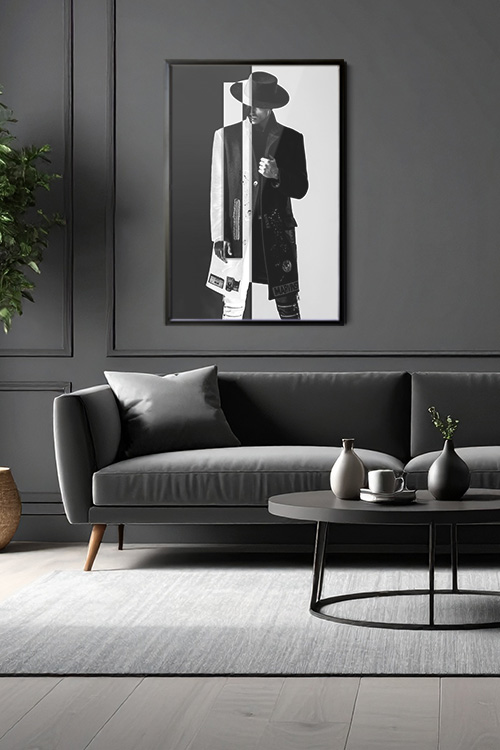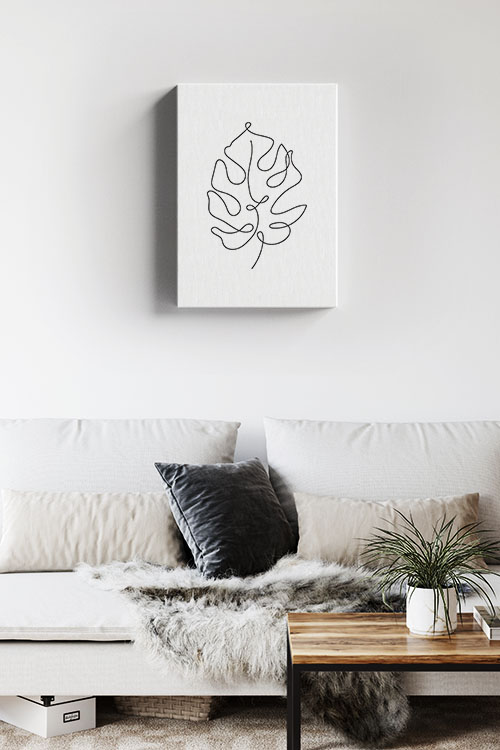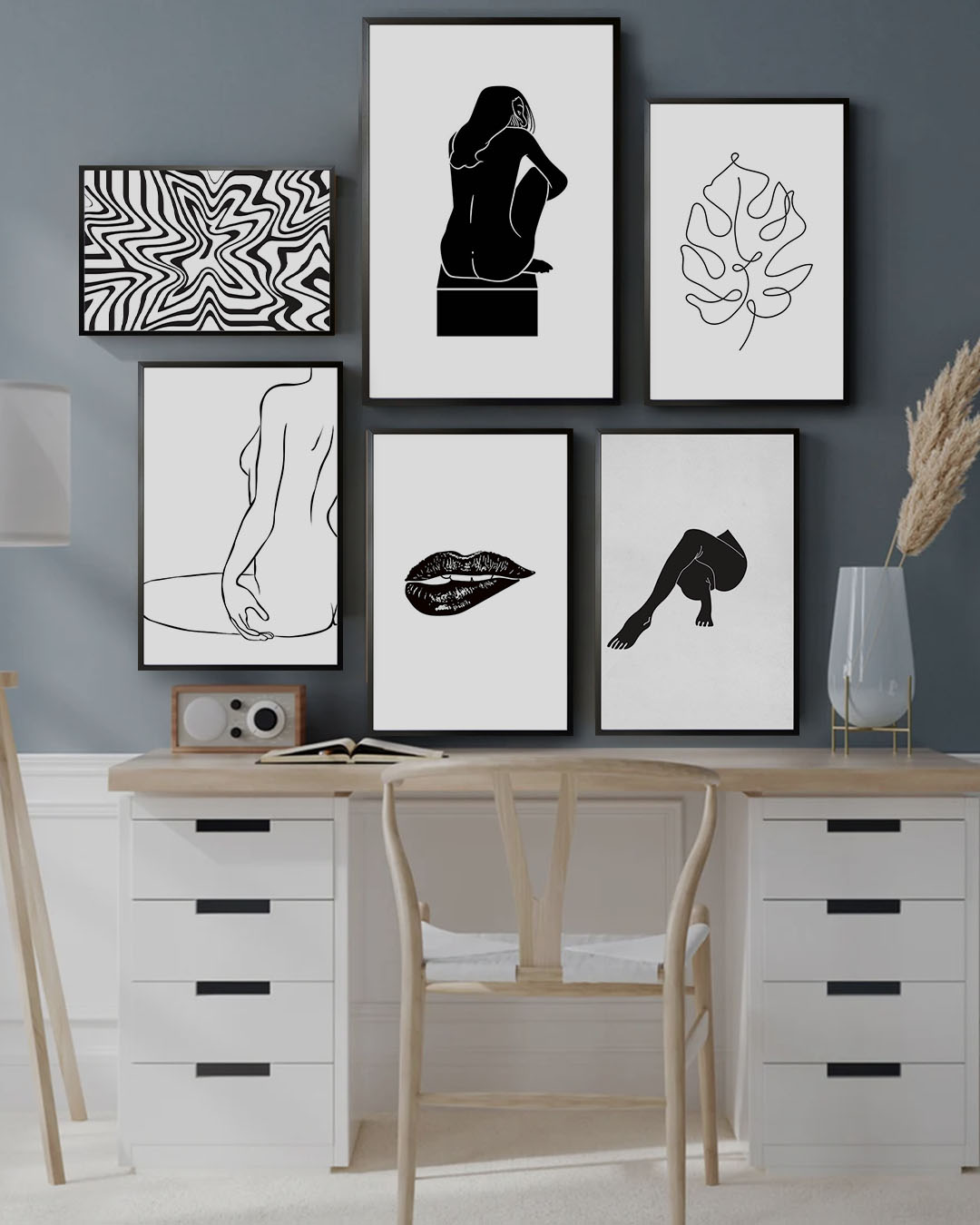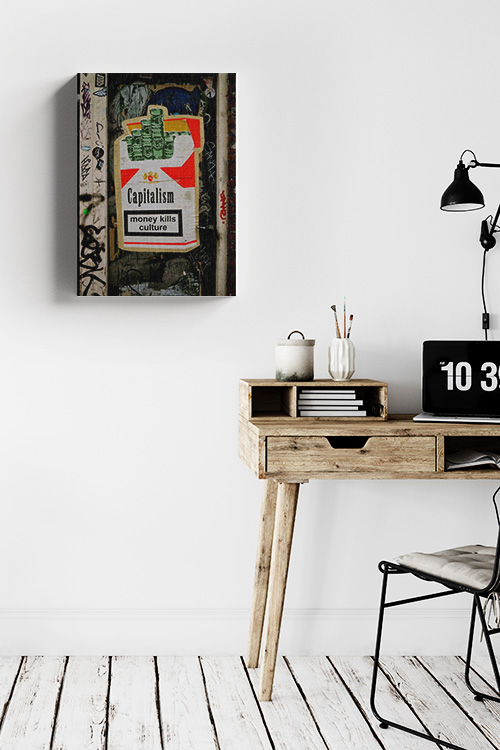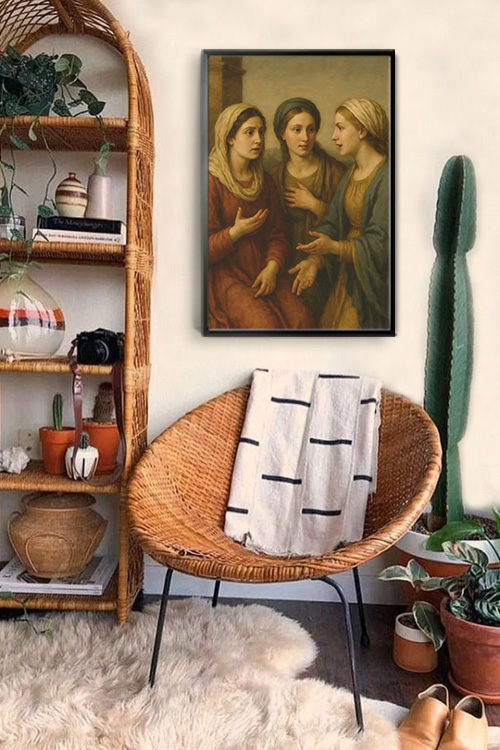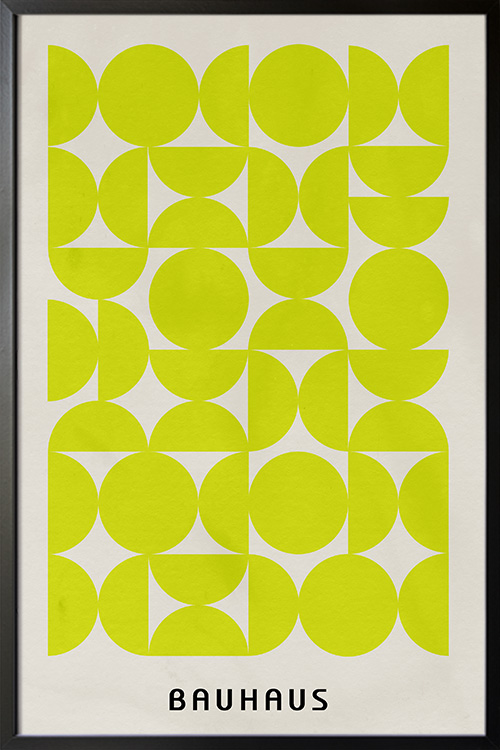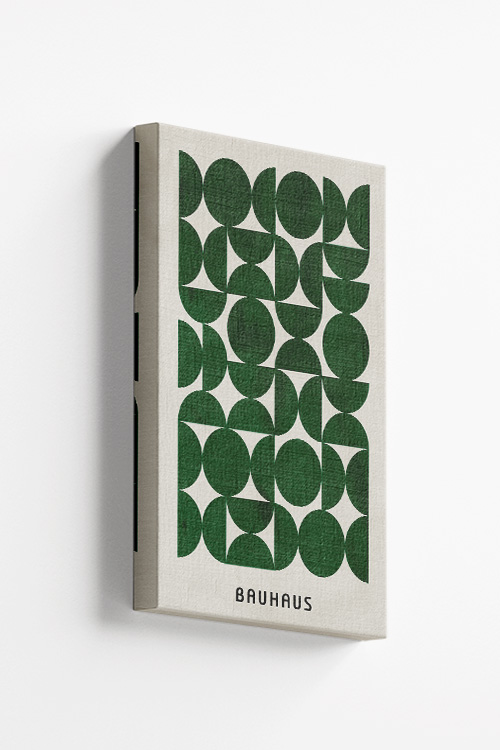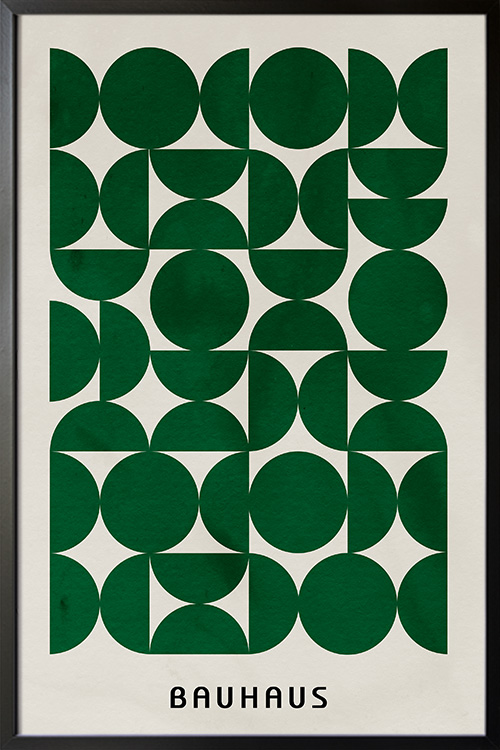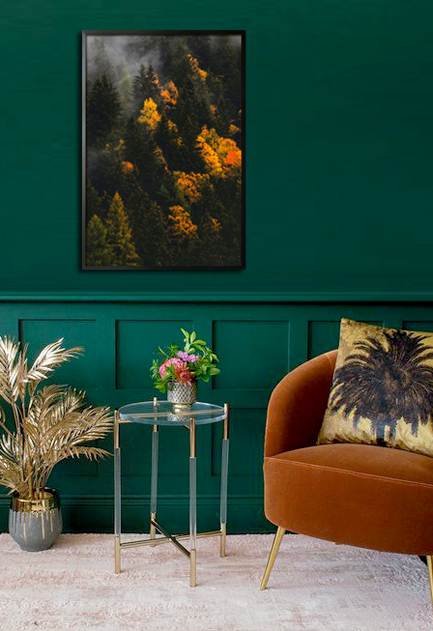
Green design is a method and approach to building and designing that has minimal detrimental effects on human health and the environment. It is the responsibility of the designer and architect to find ways to protect the environment by procuring and using environmentally friendly materials and methods.
Why choose a green design?
These days, the environment suffers greatly due to different human activities. Over the years, humans have created products and engaged in many activities that can be harmful to health and the environment. As a result, pollutants can be seen in many forms, and climate change has become more evident.
Experts believe that if these abuses of the environment continue, the planet will be inhabitable. As part of the ecosystem, humans need to create ways and means to sustain the environment. As such, environmentally friendly materials and processes have been developed to create a more sustainable environment for future generations.
One of the goals of green design is designing for the future. It is of utmost importance that space may have multiple functions and can still be used in the future. Part of the design is to consider how space can be converted without replacing the existing materials and minimize the impact on the environment.
Characteristics of Green Design
Green design can be easily achieved with proper planning, resourcefulness, and creativity. The design has been the trend for some time around the globe as many designers and homeowners saw its benefits. Below are some of the important traits of a building that employs green design:
- Efficient use of energy, water, and other resources
- Minimal waste production
- Health protection of occupants
Just like any other design, green design has its benefits that must be considered:
- Protection of health and environment
- Improve the quality of air and water
- Less waste production and emission
- Conservation of natural resources
- Cost-efficient
- Improve the quality of life
- Increase productivity of the occupants
Greens with nature-inspired poster prints
Decorating the interior with a touch of nature is one way to bring the environment to your room or space. Adding elements of nature has been known to have numerous benefits. One great example is the Japanese-styled interior. Adding elements of nature like water, earth, and plants evokes beauty as well as a calm and relaxing room atmosphere.
Adding greens to your home is not that complex. Many kinds of plants, as well as other decorative elements, can be displayed to achieve a compelling design style. Displaying nature-themed poster art is one of the fastest and easiest ways to create a cool and awesome room.
The good thing about posters is that they are cost-efficient and can evoke a mood that can also be observed in other elements of nature. In addition, nature-themed posters can inspire and probably remind us to be proper stewards of the environment.
Nature-inspired poster art is the trend these days, as it is incomparable in beauty. In addition to these, art prints can also create memories that can be shared with your loved ones.
